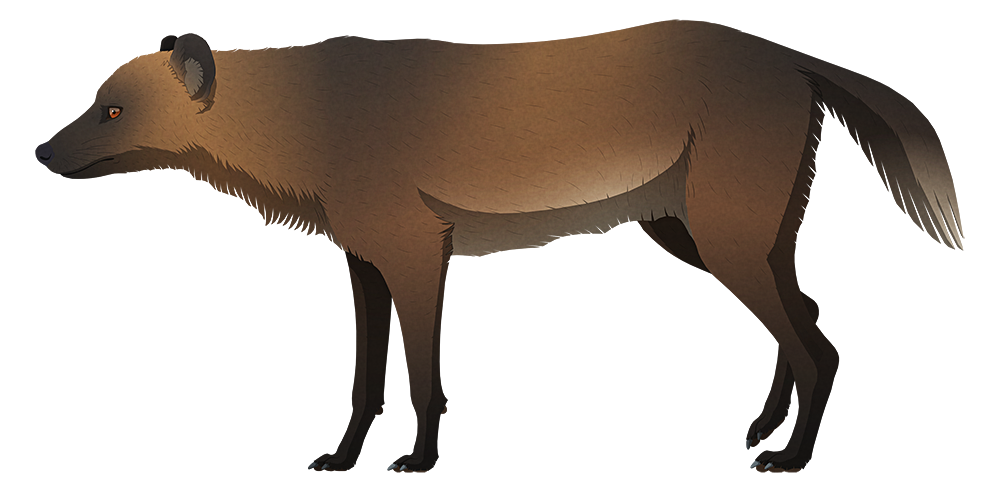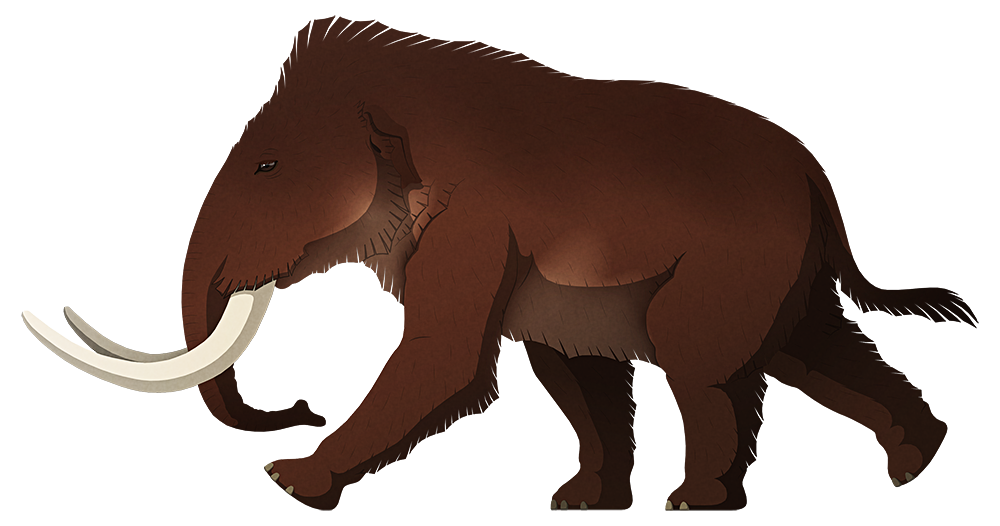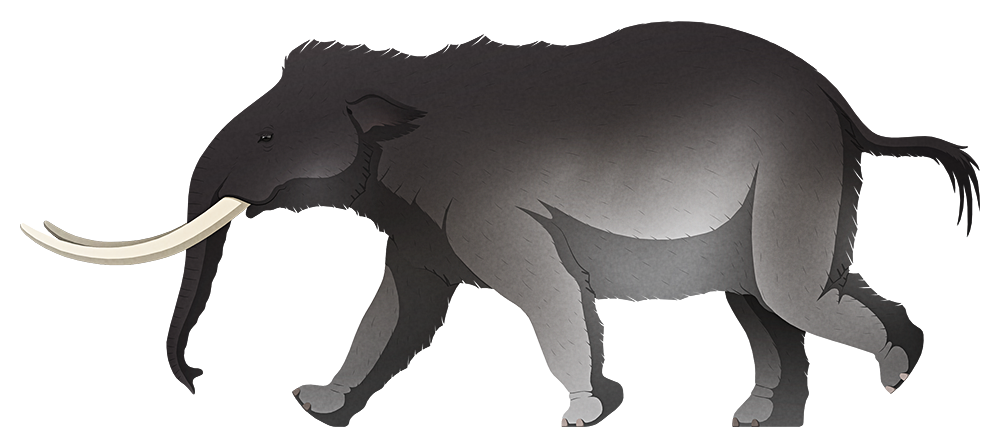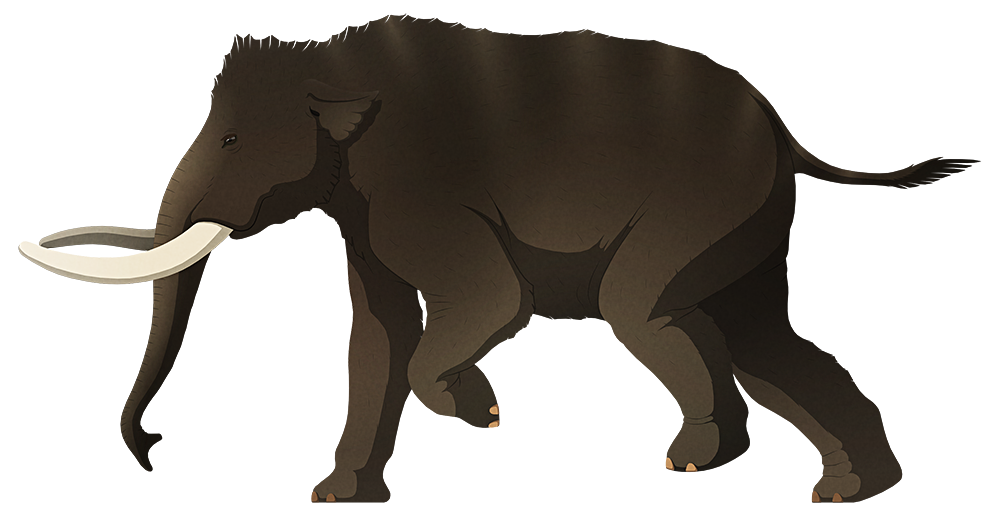Despite being decent swimmers, canids are surprisingly rare in island ecosystems, only seeming to end up there when able to move over land connections with larger landmasses (or when brought there by humans). Even the most remote species, the recently-extinct warrah, is thought to have crossed over a short stretch of sea ice during the last glacial period.
So the existence of a unique canid on the Mediterranean islands of Sardinia and Corsica is quite unusual.
The Sardinian dhole (Cynotherium sardous) was a small fox-sized canid, just 50cm tall at the shoulder (1’8″), related to the modern African wild dog and dhole. It was probably descended from the much larger wolf-like Xenocyon, which would have been able to reach Sardinia-Corsica during the early-to-mid Pleistocene about 1.2 million years ago, at a time when lower sea levels connected the island to the European mainland via Tuscany.
Isolated with very little large prey, it instead evolved to specialize in hunting small fast-moving animals, flattening its body low to the ground while stalking in a similar manner to modern foxes or Ethiopian wolves. Powerful shoulder muscles allowed it to launch into sudden high-speed lunges, and it had an especially strong flexible neck that would have been used to grab at its zig-zagging targets and shake them to death.

Cynotherium went extinct sometime in the early Holocene, around 11,000 years ago, after the arrival of humans on Sardinia and Corsica.
The earliest definite human remains on Sardinia are at least 20,000 years old, and while it’s unclear if those were permanent settlers it still seems like Cynotherium was able to deal with the effects of a human presence for several thousand years, probably due to its main prey (the Sardinian pika) also surviving at the time. So its disappearance may have been caused by a combination of problems that slowly whittled away at its population, like the warming climate, gradual habitat destruction, and competition from introduced predators like feral dogs — or possibly even new diseases caught from them.









